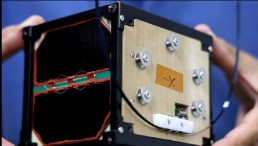space
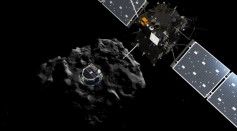
As Time Runs Out for Philae, ESA Gathers Data

Philae Lander Takes a Nap, As ESA Fights Against the Clock
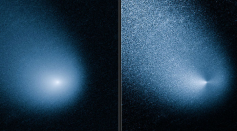
Comet Siding Spring Captured by ISRO’s Mars Orbiter
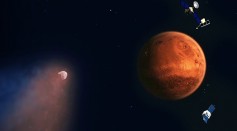
Siding Springs Comet Came in Close For a Martian Meteor Shower

ESA Ready to Give Rosetta’s Philae the Green Light
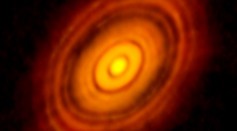
What the Taurus Constellation Can Teach Us About Our Solar System’s Birth
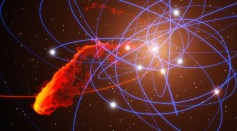
Binary Stars Merge and Beat Supermassive Black Hole

ALMA Imaging Reveals Emerging Planets in Nearby Taurus Constellation

Rare “Fallstreak” Cloud Sparks Mystery Across Australia

China Space Probe Returns from Trip to the Moon—3rd Place in ‘Space Race’
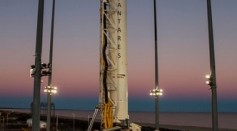
Antares Rocket Launches on East Coast Tonight: Viewing and Live Stream Info

ESA Shows Ambition of Rosetta Mission—Sci Fi Film Reveals Importance of Mission

Why is Saturn's Moon Titan Glowing? [Video]

Forget Ebola, Journey to Mars May Be More Lethal Death Sentence
Most Popular

The Role of AI in the Next Generation of Logistics: Insights from Tobias Waldhecker

Alzheimer's Treatment Drug Lecanemab Found to Increase Death Risk, New Research Shows

Cloned Black-Footed Ferret Gives Birth to Two Healthy Kits

Optimizing Complex Catalog Systems with Graph Theory and Indexing


